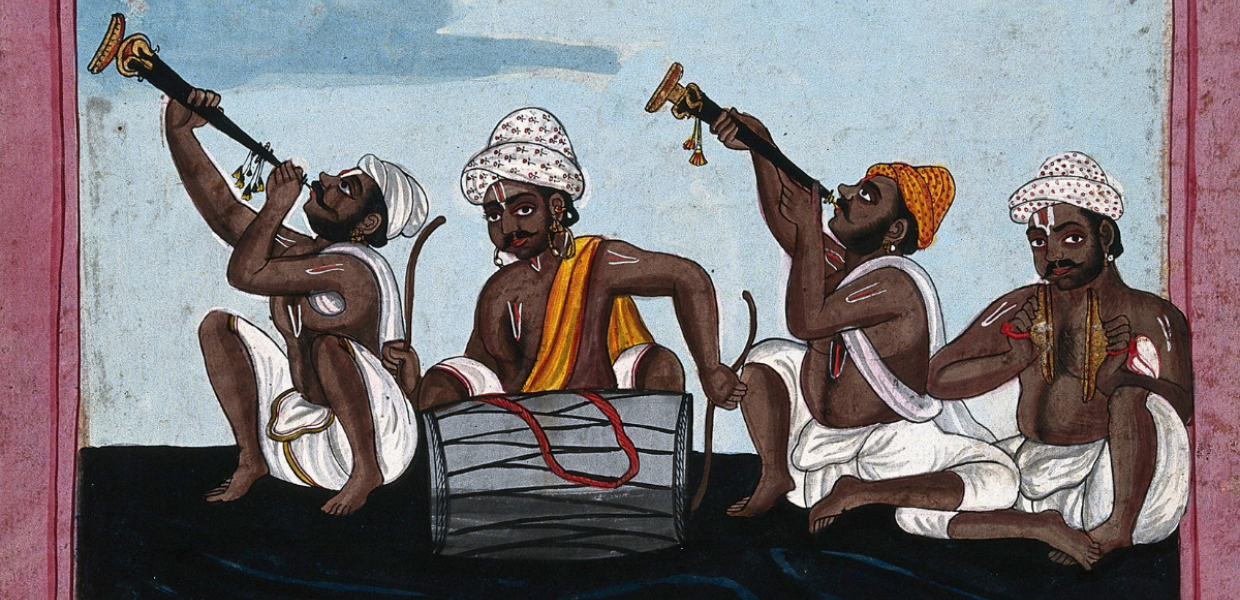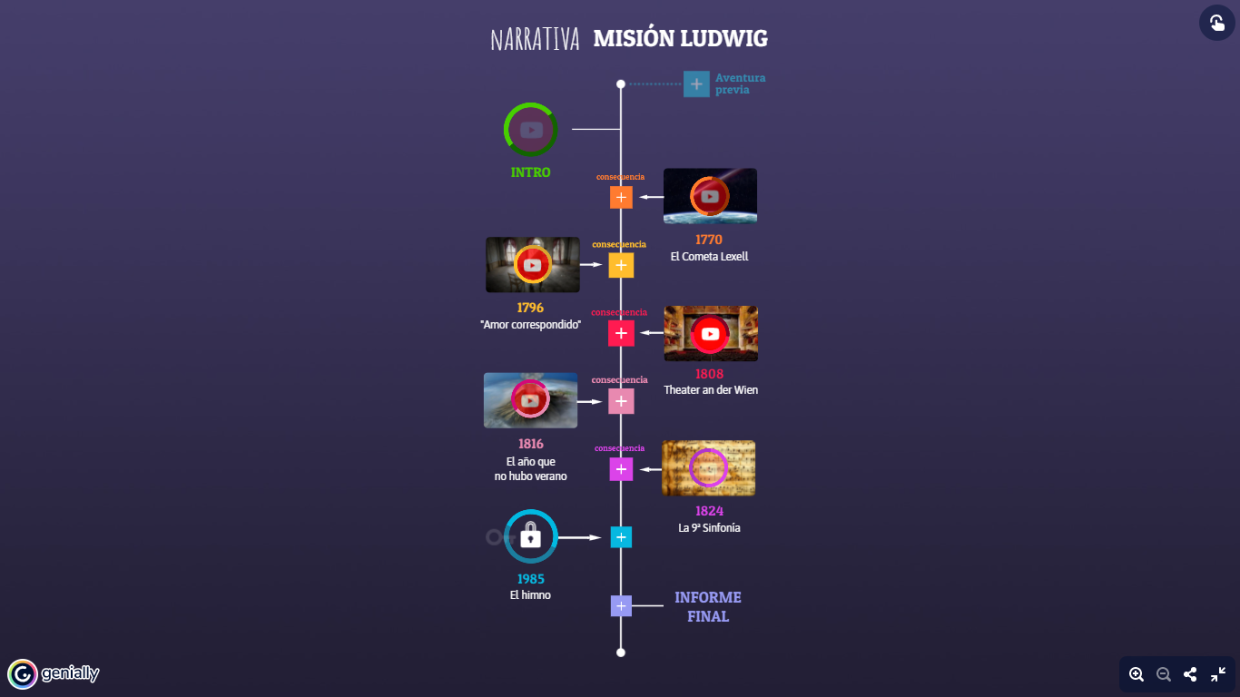Mixing traditional teaching techniques and digital tools, the students from Colegio Corazón de María (Gijón, Spain), coordinated by Maria Menendez, created a project called ‘Beethoven, the man who was never a child’. In this creation, the students present a video which uses the children's drawings to illustrate Beethoven’s life and his disabilities.
In the Happy Birthday Beethoven’s project, Elisabetta Nanni from the IC Rovereto Nord (Rovereto, Italy) coordinated her students to create an interactive exhibition around Beethoven’s life and work using CoSpaces Edu, from Microsoft and a escape room using Thinglink platform in the Beethoven’s Bonn house.
Inspiring educators as well as students
We were delighted to see that the challenge not only inspired students to engage with the life of Ludwig van Beethoven, but also saw teachers create educational content to further support those taking part. For example, Andreas Galanos, Andreas Roßt and Arjana Blazic, teachers from the eTwinning project Europeana Art 2.0, created a Typatone tool where a melody is played as the Ode to Joy poem is scribed in German and then in English. This could be used to help students learn the words to Ode to Joy, sing together, or take part in other creative activities using music and text.
Additionally, educator Krešimir Škuljević from Croatia, who participated in #ReinventingBeethoven, wrote a paper titled ‘School of Life and Life and works’ about the competition. The paper explores how students at Vladimir Nazor elementary school developed their creative artwork for the challenge. Students worked individually on several subjects like history, informatics, music, English language and mathematics to build a connection between these disciplines and the life of Ludwig van Beethoven. They also worked together on learning platforms to learn more about the topic and create videos.The paper explores the objectives, the preparation tasks, the education planning and the tools used in the classroom, for other colleagues, who want to recreate the experience, to benefit.
We would like to thank all of the teachers and educators who participated in this challenge for their hard work and efforts to engage their students. We were delighted to see how the competition encouraged students and teachers to explore new digital tools and educational approaches.
Get involved
If you would like to participate in more educational challenges, discover new competitions, create your own initiatives, and network with educators from around Europe, visit the new Europeana Classroom and join the Europeana Education Community. If you are interested in following a course to explore more ways to bring digital cultural heritage into education, sign up for the Europeana MOOC ‘Digital Education with Cultural Heritage’.



